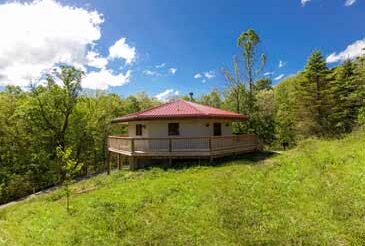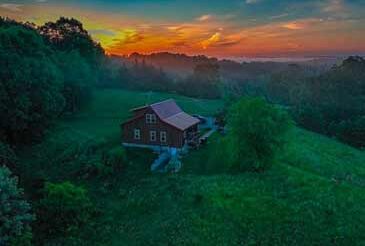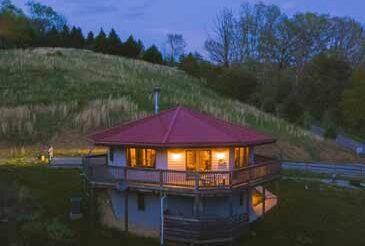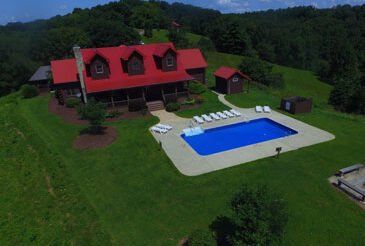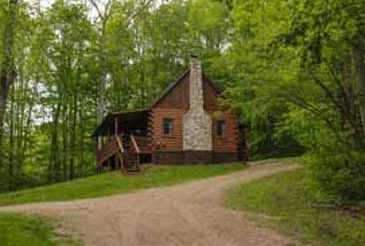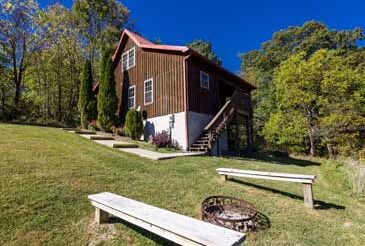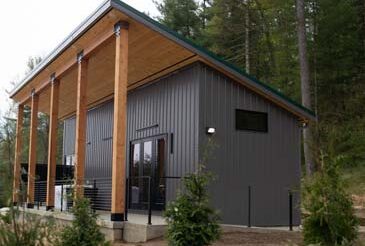One simply cannot leave Hocking Hills without hiking through the trails of Rock House. This natural cave is among six other popular areas of Hocking Hills and is a must-see experience for all visitors in the area.
Hocking Hills without hiking through the trails of Rock House. This natural cave is among six other popular areas of Hocking Hills and is a must-see experience for all visitors in the area.
While the look and difficult hike of the Rock House is what is known most commonly for, perhaps what it is more interesting is the history of this monumental cave.
The story of Rock House revolves around William Reynolds, a herdsman who owned a hilly and rocky farm no suitable for tilling. The Rock House was part of this farm.
The cave served the purpose of a barn for him, a place he stored the feed and used as a shelter for livestock. On the 8th March 1863, a day that began as usual with Reynolds trailing to the cave for his usual chores ended very unusually. On his way to the cave he was attacked by a bear and even though he was badly injured he managed to drag himself back to his home.
Unfortunately an infection worsened his wounds and he died a week later. To date, this was the only death caused by a bear attack in Hocking County. The farmer’s wife and children left the area in search for more suitable farming land and settled in Marion County.
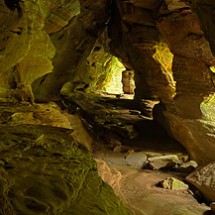 Another feature of the Rock House that has made history are the turpentine stills found inside the cave. Carved by hand on the upper surfaces of a couple of sandstone shelves, these depressions each had a small that lead to the shelf’s lip.
Another feature of the Rock House that has made history are the turpentine stills found inside the cave. Carved by hand on the upper surfaces of a couple of sandstone shelves, these depressions each had a small that lead to the shelf’s lip.
These were carved in by Indians who would fix pieces of pitch pine wood in one depression and cover it with flat sandstone and a fire. Heat from the fire would cause sap to seep out from the wood and flow in the channel to finally collect in a vessel; this turpentine was an essentially for the Indians of that day as a medicine used to cure external and internal illnesses.
Indians were replaced in that area by other people near the end of the 17th century. They brought with them more manpower and farm animals and made use of the turpentine stills with more advanced methods to obtain the precious commodity. Turpentine also began to be sold to people at pharmacies for medical purposes until the 1960s.
Today turpentine is used only as paint thinner and comes with a label that warns against contact with human tissue!
Why not experience the challenging trails of Rock House and get a real feel of its history in person? If you are looking for a high quality cabins, check out what we have to offer!

